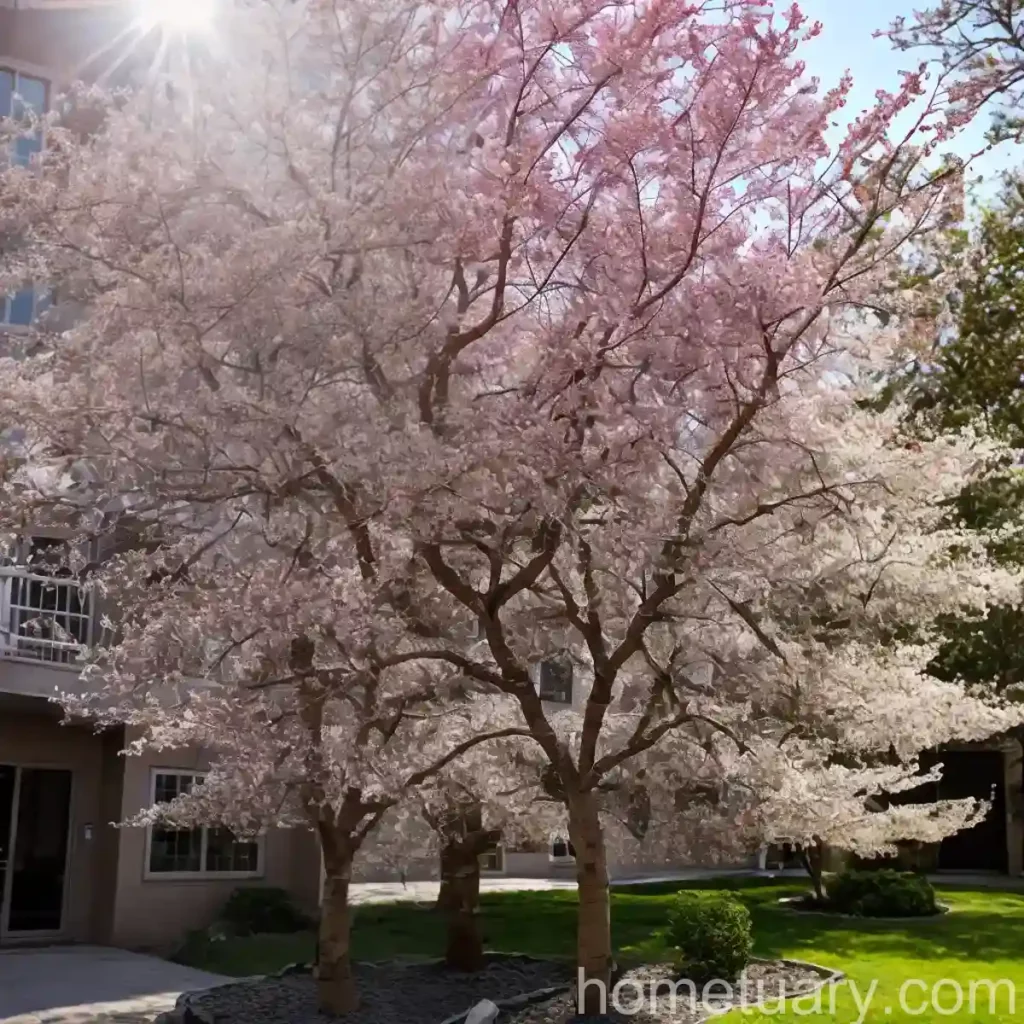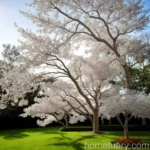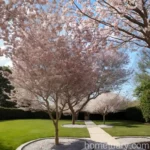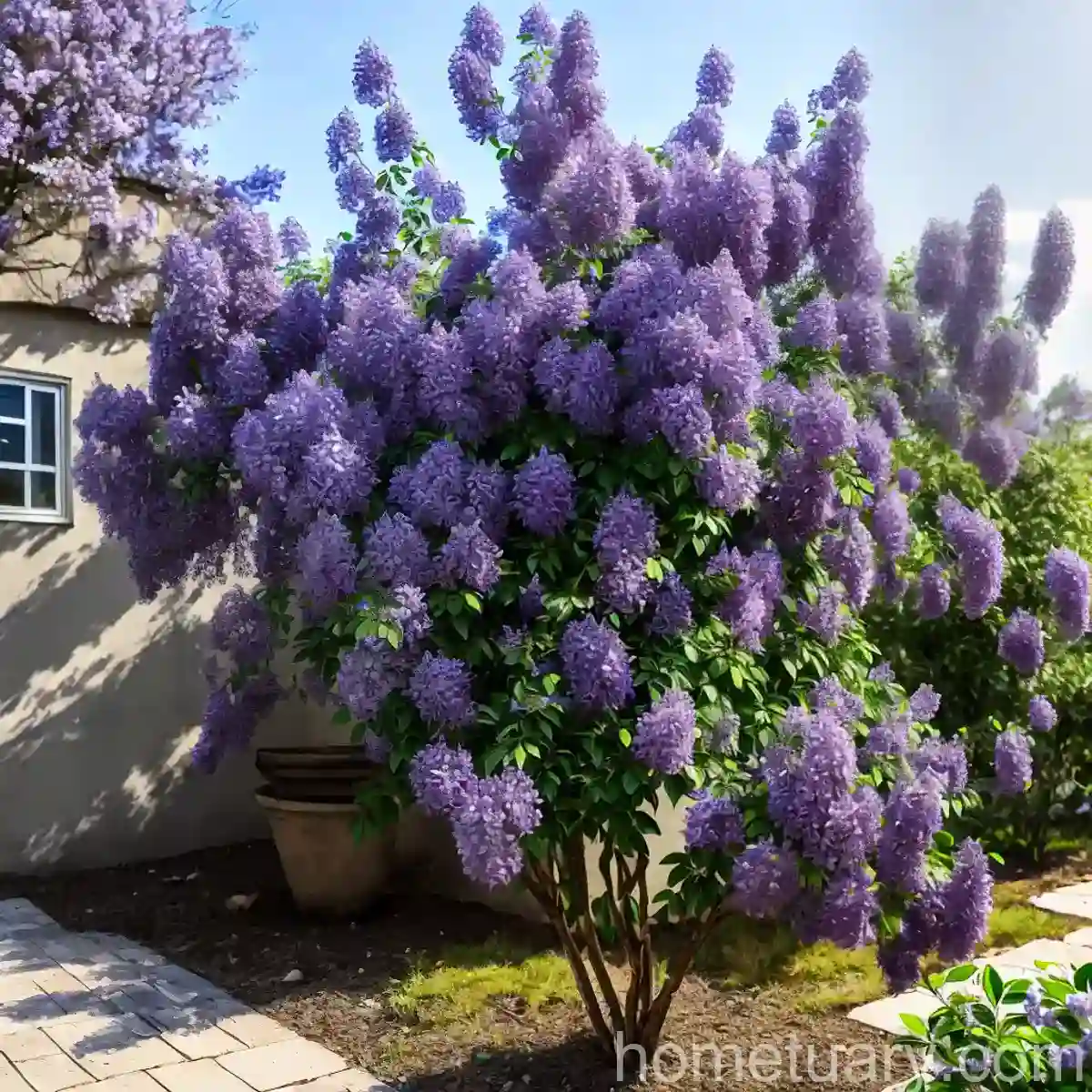The Manchurian Ash (Fraxinus mandshurica)
The Manchurian ash (Fraxinus mandshurica) is a magnificent deciduous tree belonging to the olive family, Oleaceae. Native to East Asia, specifically China, Korea, and Japan, this tree is valued for its ornamental beauty as well as its various cultural and ecological uses. In this comprehensive guide, we will explore the key aspects of the Manchurian ash, including its culture, uses, growth requirements, common diseases, pests, and much more.
What is the Manchurian Ash (Fraxinus mandshurica)?
The Manchurian ash, scientifically known as Fraxinus mandshurica, is a medium-sized tree that can reach heights of up to 25 meters. It is known for its elegant, spreading crown and attractive foliage, making it a popular choice for landscaping and urban planting. The tree’s hard, durable wood has also made it valuable for timber and woodworking.
Key Takeaways
- Scientific Name: Fraxinus mandshurica
- Common Names: Manchurian ash, Siberian ash
- Family: Oleaceae
- Native Habitat: East Asia (China, Korea, Japan)
- Growth Form: Deciduous tree
- Uses: Ornamental, timber, ecological, cultural
- Distinguishing Features: Attractive foliage, spreading crown, durable wood
In the following sections, we will delve deeper into the various aspects of the Manchurian ash, from its cultural significance to its ecological importance and practical uses.
Culture
The Manchurian ash, with its adaptability to various environmental conditions, is a relatively easy tree to grow. However, understanding its specific cultural requirements is crucial for ensuring its optimal growth and health.
Water
The Manchurian ash tree has moderate water needs, particularly during its establishment phase. Adequate watering is essential, especially in dry or hot conditions. Once established, the tree demonstrates good drought tolerance but benefits from occasional deep watering, particularly during prolonged dry spells.
Sunlight
Like many deciduous trees, the Manchurian ash thrives in full sun to partial shade. It prefers a location with ample sunlight, although it can tolerate some shade, particularly in hot climates.
Soil
Fraxinus mandshurica is adaptable to a range of soil types, including loamy, sandy, or clay soils. Well-draining soil is crucial for preventing waterlogged conditions, which can be detrimental to the tree’s health. Slightly acidic to moderately alkaline soil pH is most suitable for optimal growth.
Fertilizer
While the Manchurian ash can thrive in moderately fertile soils, the application of a balanced, slow-release fertilizer can provide beneficial nutrients. Fertilization is particularly helpful in poor or depleted soils, and it should be applied in early spring before the onset of new growth.
Pruning
Pruning is essential for maintaining the health and aesthetic appeal of the Manchurian ash. Regular pruning can help shape the tree, remove dead or damaged branches, and promote strong, balanced growth. Proper pruning techniques, including the removal of water sprouts and crossing branches, can enhance the tree’s overall structure and longevity.
Propagation
Propagation of Fraxinus mandshurica can be achieved through various methods, including seed propagation and hardwood cuttings. Seed stratification is often necessary to break dormancy and enhance germination rates. Hardwood cuttings taken during the tree’s dormant season can also be successfully used for propagation.
Container Popularity
While the Manchurian ash is predominantly grown as a landscape tree, it can also be cultivated in containers, particularly when young. Its adaptability to container cultivation makes it a versatile choice for urban planting, patios, and small gardens.
Uses
The Manchurian ash offers a range of practical and cultural uses, making it a valuable species in various contexts.
Ornamental
One of the primary uses of the Manchurian ash is its ornamental value. Its attractive foliage, elegant form, and autumn colors make it a sought-after tree for landscaping, parks, and urban green spaces. The tree’s adaptability to different soil types and resistance to urban pollution further enhance its appeal in ornamental horticulture.
Timber
The hard, durable wood of the Manchurian ash has long been valued for various applications, including furniture-making, tool handles, and flooring. Its strength and resilience make it a desirable material for woodworking and construction.
Ecological
Fraxinus mandshurica plays a significant ecological role, providing habitat and food for various wildlife species. Its dense foliage and branching structure create shelter for birds and small mammals, while its seeds and foliage contribute to the diets of numerous wildlife species.
Cultural
The Manchurian ash holds cultural significance in its native regions, where it has been traditionally used for medicinal purposes and as a symbol of strength and resilience. Its presence in folklore and traditional medicine underscores its cultural relevance and historical importance.
Common Diseases
While generally resistant to many common pests and diseases, the Manchurian ash may still face certain health challenges. Understanding these potential threats is essential for effective disease management and tree care.
Disease Diagnosis
Some common diseases that may affect the Manchurian ash include:
- Ash Dieback: Caused by the fungus Hymenoscyphus fraxineus, ash dieback can lead to dieback of the tree’s shoots and branches, ultimately affecting its overall health and vitality.
- Anthracnose: This fungal disease can cause leaf spots, distortion, and defoliation. It is important to monitor for symptoms and implement appropriate management strategies to prevent severe outbreaks.
Common Pests
While relatively resilient to pests, the Manchurian ash may still attract certain insect pests. Vigilant monitoring and early intervention can help mitigate these potential pest issues.
Pests Diagnosis
Some common pests that may affect the Manchurian ash include:
- Ash Borer Beetles: Certain species of beetles, such as the emerald ash borer (Agrilus planipennis), can burrow into the tree’s trunk and branches, causing significant damage and weakening the tree’s structural integrity.
Botanist’s Tips
Optimal Growth Conditions
- Provide well-draining soil and avoid waterlogged conditions to prevent root rot and other moisture-related issues.
- Regularly monitor the tree for signs of pests and diseases, particularly during periods of stress or environmental changes.
- Implement proper pruning techniques to promote strong, balanced growth and maintain the tree’s overall health and vigor.
Fun Facts
- The Manchurian ash is known for its vibrant autumn foliage, which displays a range of colors from golden yellow to deep burgundy.
- In traditional Chinese medicine, various parts of the Manchurian ash tree have been used for their purported medicinal properties, including as a remedy for certain ailments.
In summary, the Manchurian ash (Fraxinus mandshurica) is a multifaceted tree with ornamental, ecological, and cultural significance. Its adaptability, resilience, and practical uses make it a valuable addition to various landscapes and ecosystems. By understanding its cultural and growth requirements, as well as potential health challenges, we can promote the well-being and sustainability of this remarkable tree species.
Links to External Resources
For further information about the Manchurian ash, you may find the following resources helpful:
In addition to these resources, local botanical gardens, arborists, and horticultural societies can provide valuable insights into the cultivation, uses, and conservation of the Manchurian ash.















